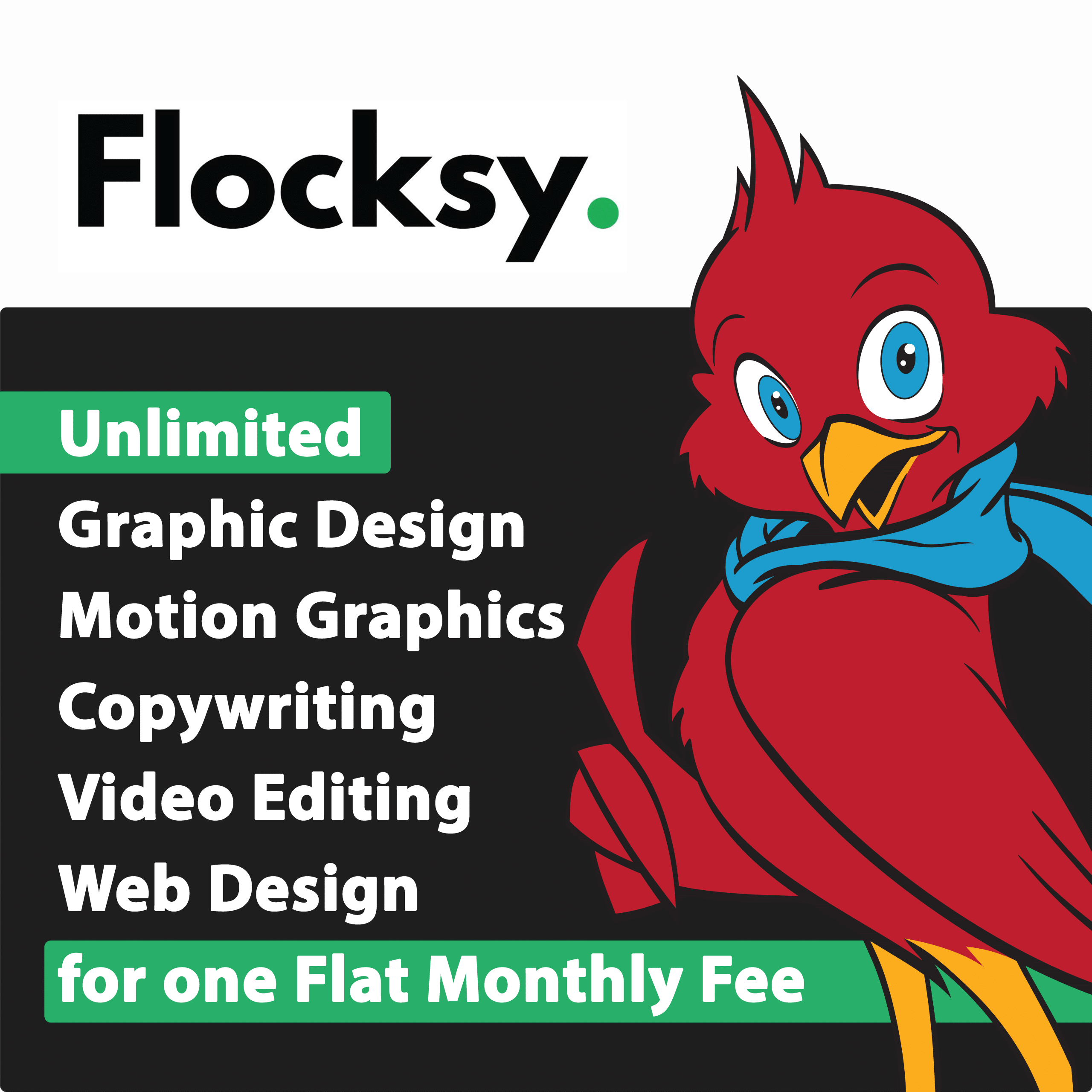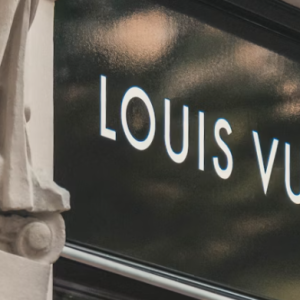Communicating with a designer is one of the most crucial aspects when ensuring that the outcome of the project will be what the client is looking for.
It’s a two-way street, and it’s found that clients often expect their graphic artist to know what to do without even talking to them. There are many things and steps that clients can take to do their part in ensuring that the design will be what they’re looking for.
The following are some of these steps:
● Clarity. However easy it is for people to believe otherwise, designers aren’t mind readers. They begin with a blank canvas, and it is of the utmost importance that the client tells them, and makes it very clear, what they are looking for. This will ensure that the designer knows what they’re doing and the client gets the expected result.
● Talking. Regardless of how much information the client initially gives the designer, they must still be prepared to go back and forth with their designer. There’s bound to be questions that arise and, when this happens, the client must be ready to respond to these questions readily and without complaint.
● The Don’ts. It’s familiar to see clients give information on what they do want, but it’s also essential that they know what they don’t want. By giving their designer the ‘don’ts’ for their design, it will help to eliminate changes and, overall, help reach the desired result.
● Examples. Creative is subjective, meaning that what a designer thinks is creative could be the complete opposite of what the client thinks is creative. By providing an extensive range of different examples for their designer, the client will not only be giving their designer inspiration to work from, but also letting them know what they’re looking for.
● Creativity. Clients must remember that they’re not only paying the designer for the design but also their creativity. Although it is crucial to provide both clarity and examples, it’s also vital that clients leave room for the designer to have their input. If the client has all the information filled out down to the letter, they’ll leave no room for the designer to use their creativity.









